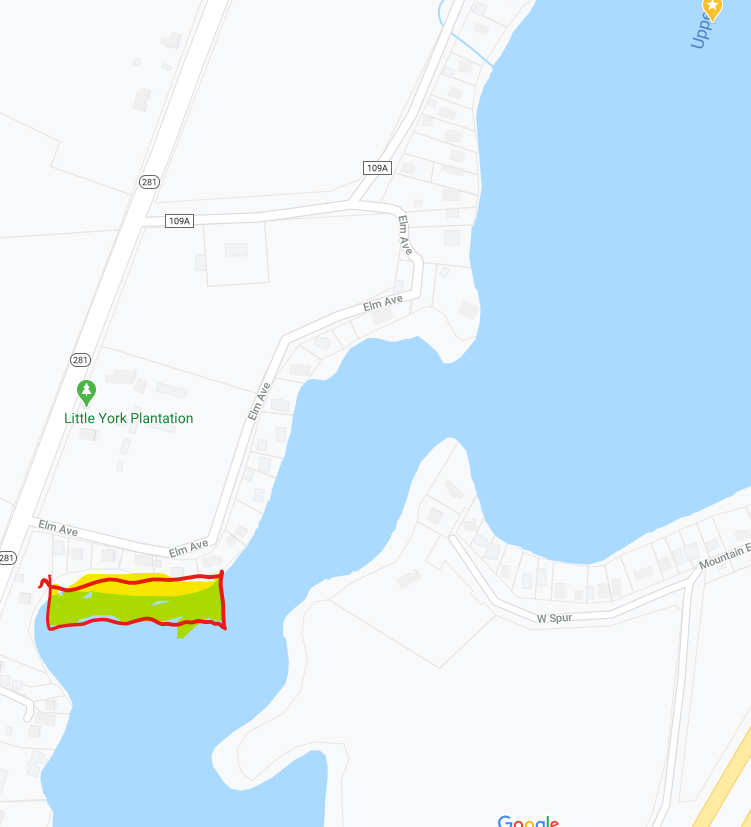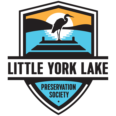We have had two dogs suddenly die after exposure to the lake. Both dogs were in the same area of the lake, along the south-western section of Elm Avenue (see map).

LYLPS board members along with the director of NYSFOLA inspected the area on Monday afternoon looking for evidence of blue-green algae (cyanobacteria). These bacteria are responsible for harmful algae blooms (HABs). HABs can make people ill, but they can kill dogs.
The following information comes from Webmd:
The algae produce two different toxins: one that causes neurological problems, and one that leads to liver failure, according to David Dorman, a professor of toxicology at North Carolina State University College of Veterinary Medicine.
Signs that a dog has ingested blue-green algae include twitching, weakness, seizures, vomiting, and diarrhea. Although it is more common to see symptoms within minutes or hours, it might be days before the toxins take effect.
Blue-green algae are commonly confused with green algae — both can create dense material on the water’s surface that can interfere with activities like swimming and fishing, and may have a similar smell, the Environmental Protection Agency says. But, unlike green algae, blue-green algae can be fatal.
You can read the full article here: https://pets.webmd.com/dogs/news/20190814/toxic-algae-kills-dogs-across-the-country
During our inspection we did not see anything that looked like blue-green algae, but that doesn’t mean it isn’t present in the lake. We took a sample of an unusual material floating on the surface in the suspect area and will have an evaluation in the next few days. We are also waiting for an autopsy from the second dog.
Unfortunately, other than avoiding them, there is not much that can be done about them, though research in how to eliminate them has been ramped up in recent years. For now, it is important for everyone to stay vigilant and alert LYLPS if you see anything that looks like a HAB by emailing location and hopefully a picture to contact@littleyorklake.com or texting 607-218-2550.
View images of various types of algae blooms here so that you know if there is something you should report. You can review additional information on the DEC main HABs page here.
For the time being we recommend that people avoid using the lake in the affected area until we get additional information. We will post an update as soon as possible, hopefully around mid-week.

